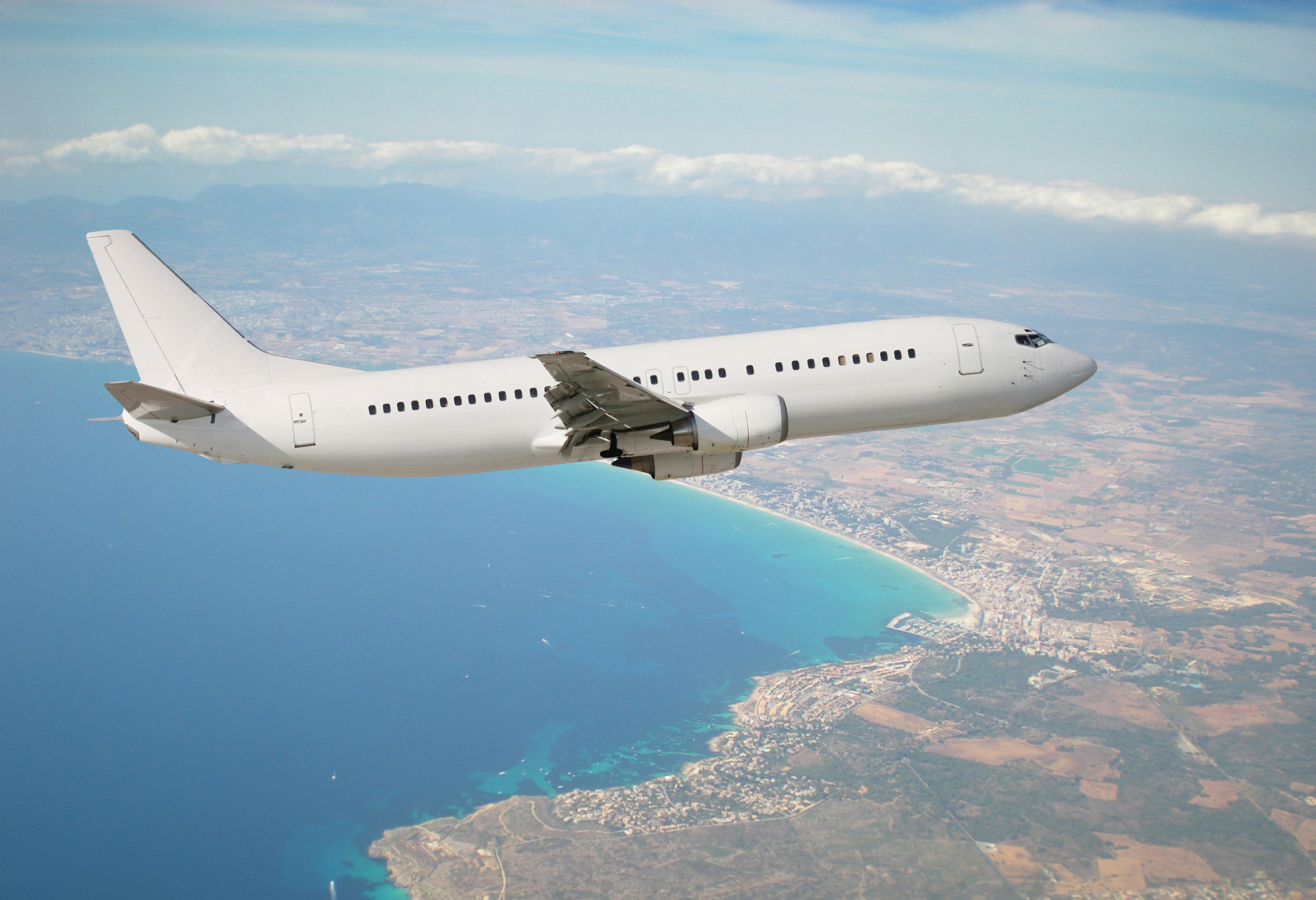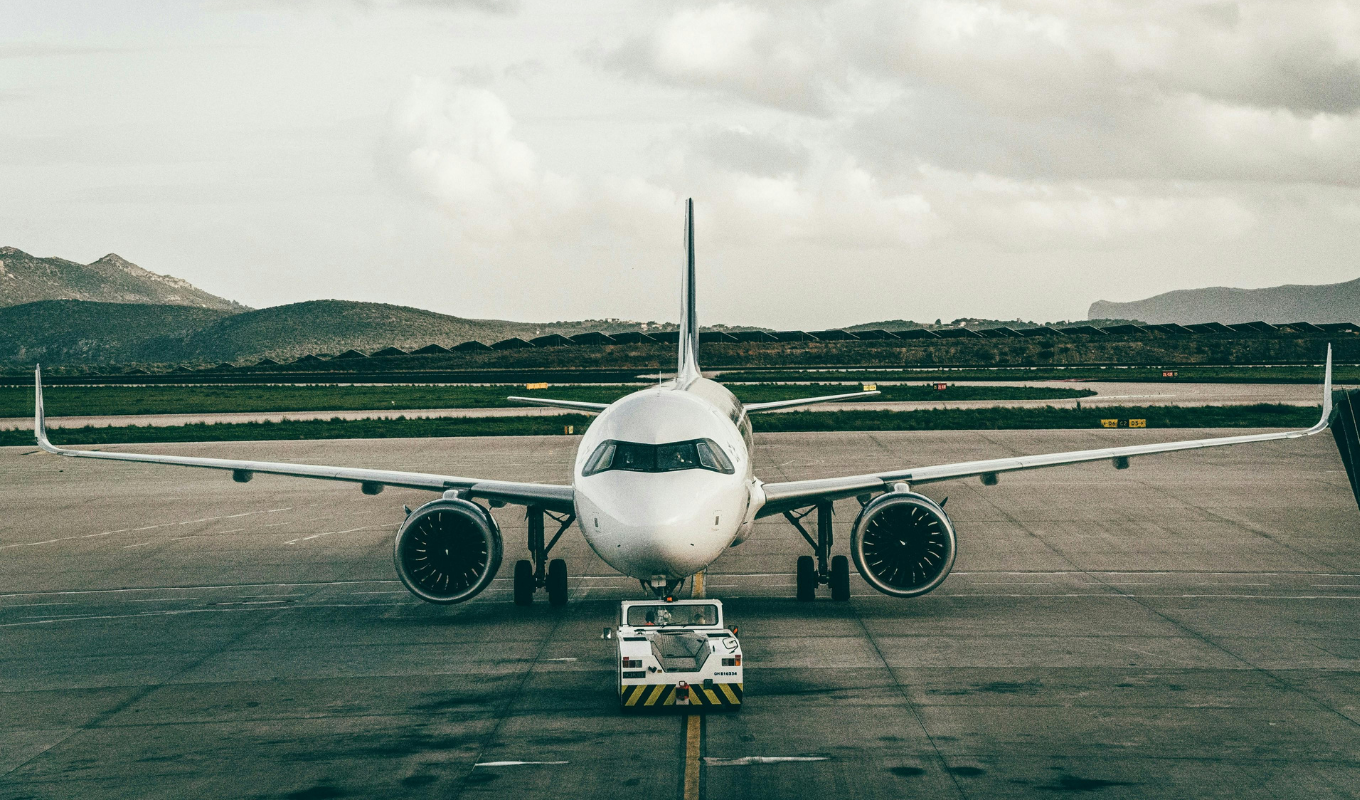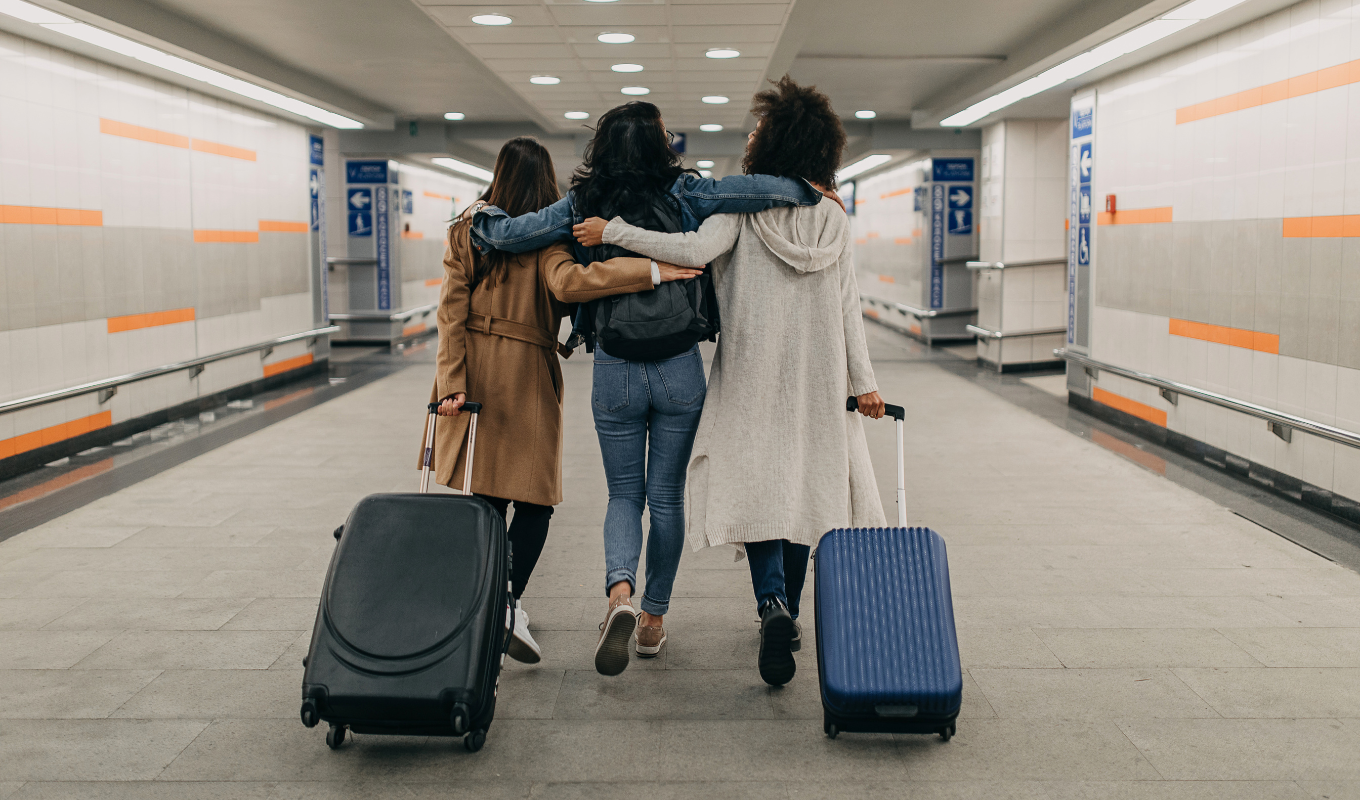When planning a long-haul journey, one of the most important decisions is whether to book a nonstop flight or a connecting flight. Questions like “Nonstop or 1 stop for a 12-hour flight?” and “Would you fly 13 hours direct or layover?” often come to mind. The answer depends on your travel preferences, budget, and specific circumstances.
In this article, we’ll explore the pros and cons of nonstop and connecting flights to help you make the best choice for your next adventure, as well as offer long-haul flight tips, insights on nonstop flights vs. connecting flights, and advice on finding the best flights for comfort on long trips.
Read also: How to Make the Most of a Long Layover
What is considered a long-haul flight?

A long-haul flight is generally defined as a flight with a duration of more than six to seven hours, depending on the airline or aviation industry standards. These flights often involve international travel, crossing multiple time zones, and are typically operated by wide-body aircraft such as the Boeing 777 or Airbus A350. Long-haul flights differ from other flight types in the following ways:
- Short-haul flights: Usually under three hours (e.g., New York to Chicago, London to Paris).
- Medium-haul flights: Generally three to six hours (e.g., New York to Miami, London to Athens).
- Long-haul flights: Over six hours (e.g., New York to London, Los Angeles to Tokyo).
Characteristics of long-haul flights
- Duration: These flights require passengers to plan for meals, sleep, and in-flight entertainment due to their extended duration.
- Aircraft type: Operated by wide-body aircraft designed for comfort and efficiency on longer routes.
- International travel: Long-haul flights often involve customs and immigration processes, making them distinct from domestic flights.
Understanding what constitutes a long-haul flight helps travelers set their expectations and prepare accordingly, whether they opt for nonstop or connecting flights.
The benefits of flying nonstop
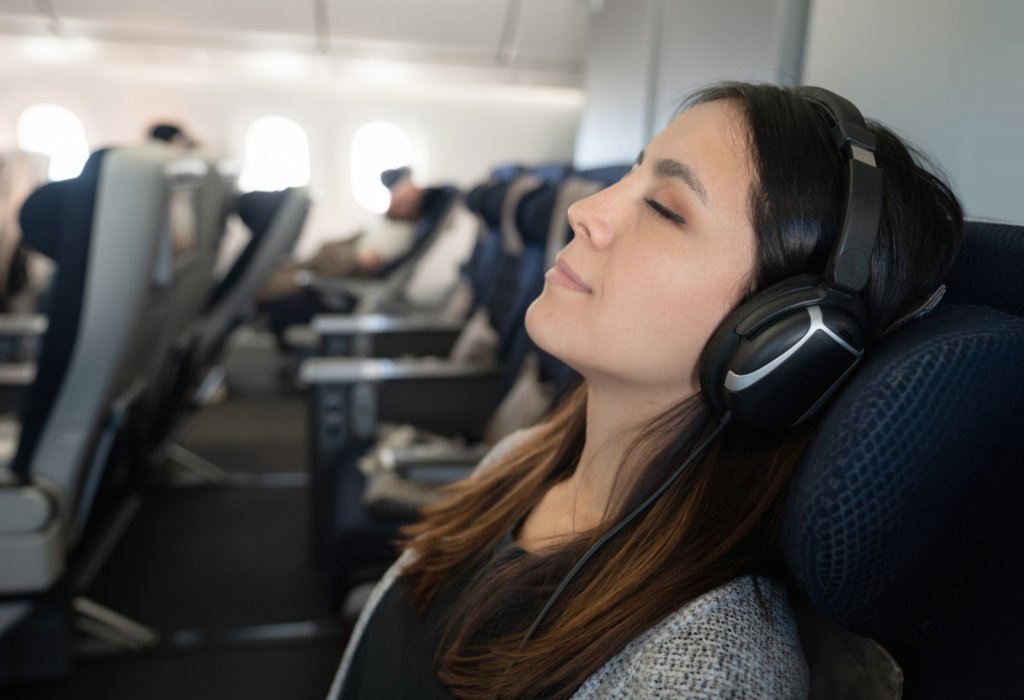
Nonstop flights are ideal for travelers who prioritize convenience and time savings. Here’s why you might choose a nonstop flight for a 12- or 13-hour journey:
1. Shorter travel time
Flying nonstop eliminates the need for layovers, meaning you’ll reach your destination faster. This is one of the major advantages when considering nonstop flights vs connecting flights. If you’re facing a 13-hour flight, direct routes allow you to spend fewer hours in transit and more time enjoying your trip.
2. Reduced stress
Layovers can be stressful, especially if you’re worried about making your connecting flight. However, understanding the pros and cons of layovers can help you make a more informed decision. Weather delays, gate changes, or tight schedules add unnecessary anxiety. A nonstop flight minimizes these risks.
3. Comfort matters
Long flights are tiring, and breaking them into two segments might not appeal to everyone. For travelers focused on rest and convenience, selecting the best flights for comfort on long trips is key. When you’re debating “Would you fly 13 hours direct or layover?”, think about how much you value uninterrupted rest or a chance to sleep for an extended period.
Why choose a connecting flight?
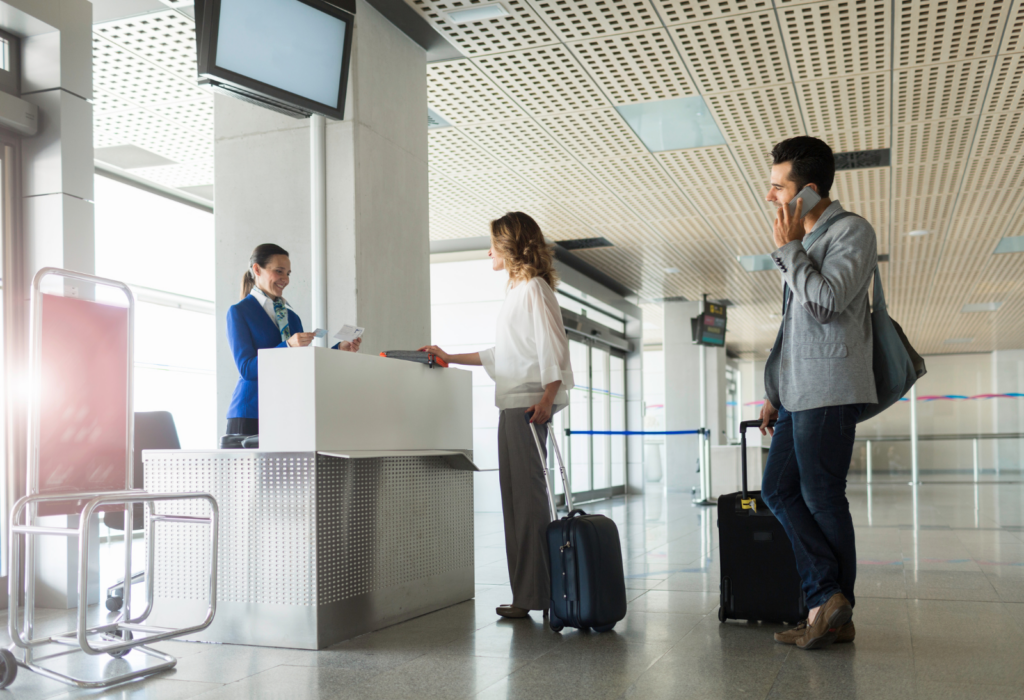
While nonstop flights are convenient, connecting flights have their advantages, especially if budget and flexibility are key factors.
1. Lower costs
Flights with layovers are often cheaper than nonstop options. If you’re traveling on a budget and don’t mind the added travel time, choosing a one-stop flight could save you a significant amount of money.
2. Breaks during long journeys
For some travelers, a layover is a welcome opportunity to stretch their legs, explore an airport, or even enjoy a mini-adventure in a layover city. If the thought of sitting for 12+ hours straight makes you uncomfortable, a connecting flight might be the better option.
3. More flight options
Nonstop flights aren’t always available, especially for less common routes. Adding a layover might open up more travel options, both in terms of timing and airlines.
Key considerations: Nonstop vs. connecting flights
When deciding between nonstop or 1 stop for a 12-hour flight, ask yourself the following:
- How do you handle long flights? If you can tolerate—or even enjoy—long-haul flights, a nonstop journey is often the better choice.
- What’s your budget? Layovers can significantly reduce airfare costs. If saving money is your priority, connecting flights are worth considering.
- Do you have tight travel plans? A nonstop flight ensures you arrive on schedule without worrying about delays during connections.
- Are you traveling with kids? Families often prefer nonstop flights to minimize disruptions and ensure a smoother travel experience.
Final thoughts
Choosing between a nonstop flight and a connecting flight ultimately comes down to your priorities. Whether you’re debating “Nonstop or 1 stop for a 12-hour flight?” or wondering “Would you fly 13 hours direct or layover?”, consider factors like time, cost, and personal comfort. With the right choice, you’ll ensure a smooth and enjoyable travel experience.

